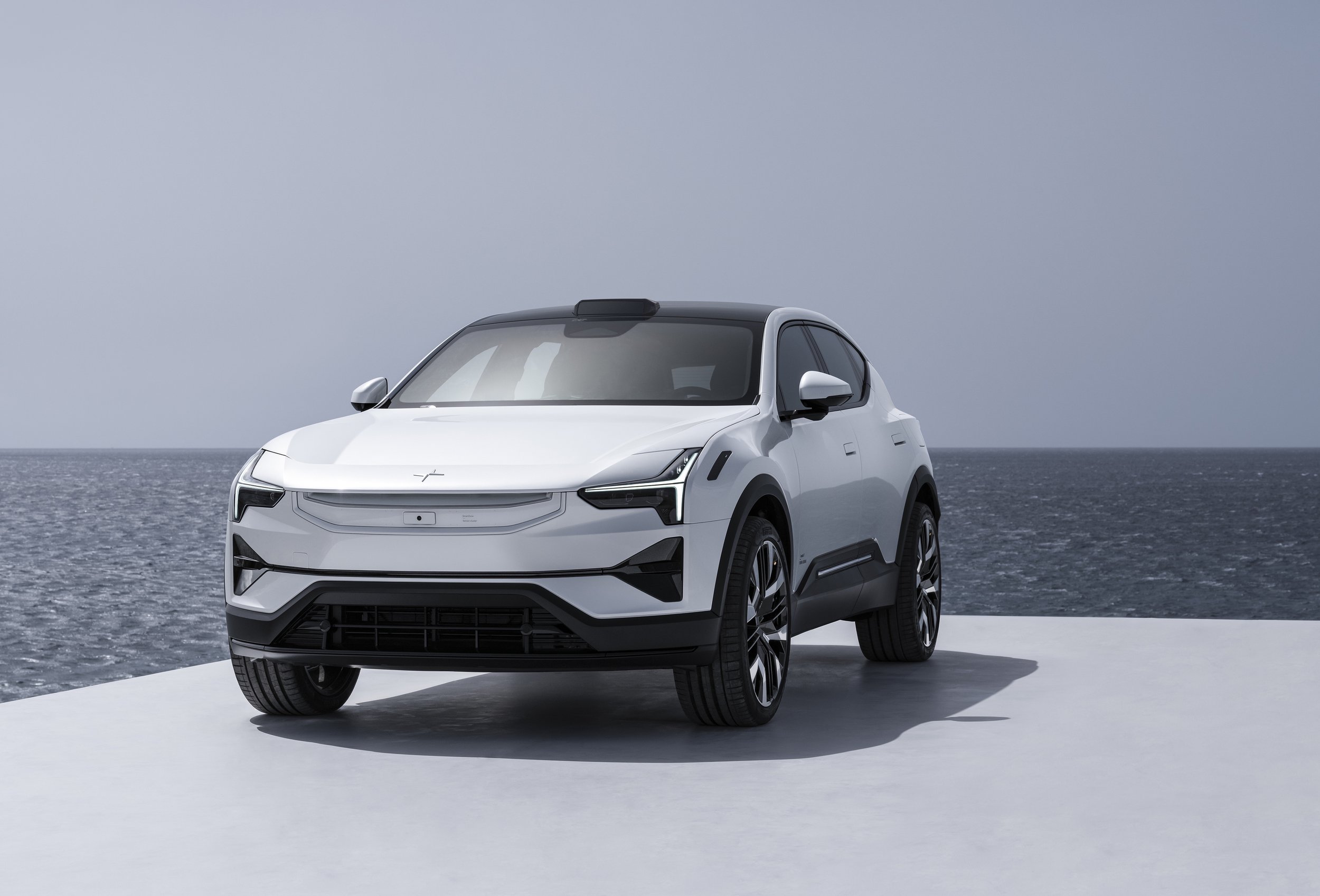Polestar 3 pricing for NZ coming soon
/New sports utility priced from just under $146,000 across the Tasman will also show here in two variants.
HOW long before New Zealand pricing for the next product out of Polestar becomes available has become of higher interest, with Australia today opening the order book and announcing stickers a year out from availability?
The answer: In a week’s time.
While there’s still a wait to announce stickers for the Polestar 3, a five-seater sports utility, Polestar in New Zealand has confirmed the two derivatives – the ‘long range dual motor’ and long range dual motor with performance pack’ – announced for our neighbour are also set for introduction here.
In saying that local pricing should be out next week, a local spokesman has also reminded that the respective stickers of $NZ145,887 ($A132,900) and for $NZ155,766 ($A141,900) announced for Australia today do not include stamp duties and other country-specific costs that, depending on the state, can add up to $NZ14k.
With performance pack, the standard tune of 360kW and 840Nm of torque coming with the standard car increases to 380kW and 910Nm. Both drivetrains are tailored to provision a rear-drive feel.
Adjustable one-pedal drive is included, as well as an electric Torque Vectoring Dual Clutch function on the rear axle – an evolution of what was first developed for Polestar 1. A decoupling function is also available for the rear electric motor, allowing the car to run only on the front electric motor to save energy under certain circumstances.
Polestar Australia has determined an extensive standard equipment, with few options for easy configuration, and indications are that NZ will adopt the same.
Its versions include air suspension, a full-length panoramic glass roof, LED lighting inside and out, retractable door handles with proximity sensing, and 21-inch alloy wheels.
A Plus Pack and Pilot Pack are fitted as standard for the first model year and include a raft of premium, luxury, and convenience features like a 25-speaker audio system from Bowers and Wilkins with 3D surround sound and Dolby Atmos capability, soft-closing doors, head-up display and Pilot Assist.
Advanced chassis control is provided by dual-chamber air suspension as standard, allowing Polestar 3 to adapt between comfort and dynamic suspension characteristics, and the car can adjust its active damper velocity electronically once every two milliseconds (500 Hz).
Polestar has voiced optimism that the 111 kWh battery pack will deliver a range of up to 610km, this gauged from what it describes as an preliminary WLTP assessment.
The lithium-ion battery features a prismatic cell design housed in a protective aluminium case with boron steel reinforcement and liquid cooling. A heat pump is included as standard, helping Polestar 3 utilise ambient heat for climate- and battery preconditioning.
Polestar 3 is also equipped for bidirectional charging, enabling future potential for vehicle-to-grid and plug-and-charge capabilities.
It’s also is the brand’s first vehicle to feature centralised computing with the NVIDIA DRIVE core computer, the A.I. ‘brain’ of the Polestar 3 which processes data from the car’s multiple sensors and cameras to enable advanced driver-assistance safety features and driver monitoring.
Further collaborations with industry-leading safety technology partners like Zenseact and Smart Eye provide Polestar 3 with cutting-edge Advanced Driver Assistance System (ADAS) technology that integrates seamlessly within this system, a brand release said today.
As standard, Polestar 3 features a total of five radar modules, five external cameras and twelve external ultrasonic sensors to support numerous advanced safety features. The SmartZone below the front aero wing collects several of the forward-facing sensors, a heated radar module and camera, and now becomes a signature of Polestar design.
Australasian customers will also be able to order the optional Pilot Pack with LiDAR from Luminar, which adds an additional control unit from NVIDIA, three cameras, four ultrasonic sensors and cleaning for the front- and rear-view cameras, providing accurate real-time data about the car’s surroundings especially in the long-range field.
This enables enhanced 3D scanning of the car’s surroundings in greater detail and helps prepare the car for autonomous driving. Vehicles ordered with LiDAR are expected to arrive from the third quarter of next year. Price for this has yet to be shared.
Additional effort to ensure safer driving is provided by two closed-loop driver monitoring cameras bring leading eye tracking technology from Smart Eye to a Polestar for the first time.
The cameras monitor the driver’s eyes and can trigger warning messages, sounds and even an emergency stop function when detecting a distracted, drowsy or disconnected driver.
Polestar 3 is also the first car in the world to feature four interior radar sensors, capable of detecting sub-millimetre movements in the cabin to help protect against accidentally leaving children or pets inside. The system is also linked to the climate control system to help avoid heat stroke or hypothermia.
Projecting through a 14.5 inch screen, the infotainment system uses Android Automotive OS as the in-car operating system. Co-developed with Google, it is an evolution of the system in Polestar 2 – the first car in the world with Google built-in – and will feature over-the-air (OTA) updates for software upgrades and the introduction of new features without visiting a service centre.
The infotainment system is powered by a next-generation Snapdragon Cockpit Platform from Qualcomm Technologies, Inc. As a central component of the Snapdragon Digital Chassis – a comprehensive set of open and scalable cloud-connected automotive platforms – the Snapdragon Cockpit Platform will be utilised to provide immersive in-vehicle experiences with its high-performance capabilities to deliver high-definition displays, premium quality surround sound and seamless connectivity throughout the vehicle.
Polestar 3 features three alternatives when it comes to upholstery: animal welfare secured Nappa leather, bio-attributed MicroTech vinyl, described as a vegan alternate to leather - and made with 100 percent fossil-free, bio-attributed PVC - and animal welfare certified wool.
Polestar says each material has been carefully selected and developed to create a more sustainable expression of premium.


















